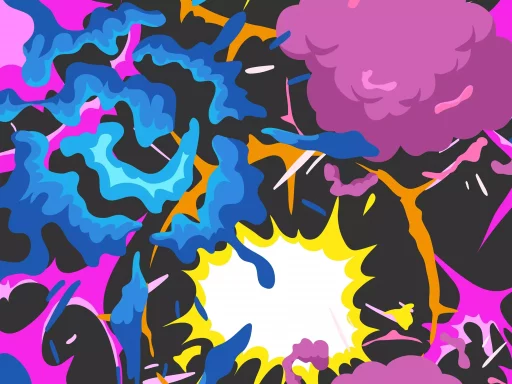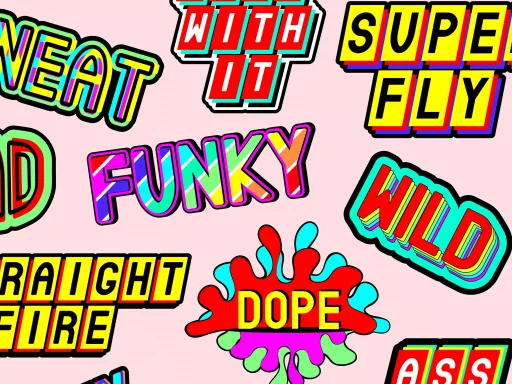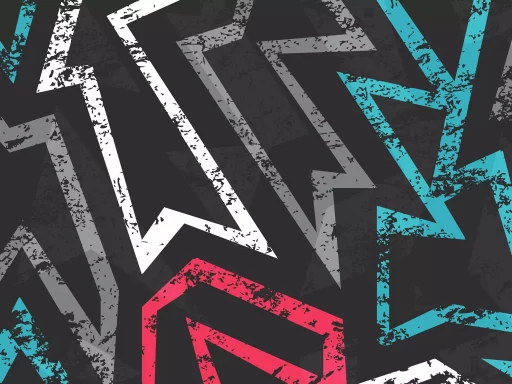Introduction to Scratch Slang
In the age of technology, programming languages have seeded their own cultural lexicons. Among these, Scratch programming—a visual language created by MIT for teaching coding concepts to children—has given rise to a unique set of terms and phrases known as ‘Scratch slang’. While these terms may seem trivial at first glance, they represent a vibrant community and a growing medium for creativity.
What is Scratch?
Scratch is an educational programming language that allows users, primarily children, to create interactive stories, games, and animations. By using a block-based interface, Scratch removes the complexity of syntax, allowing users to focus on logic and creativity.
Understanding Scratch Slang
Scratch slang refers to the informal language, jargon, and expressions used by the Scratch community. This slang often evolves as new features and updates are introduced, illustrating the dynamic nature of programming languages and their communities.
Common Scratch Slang Terms
- Sprite: A character or object in Scratch that can be programmed to perform various actions.
- Backpack: A tool for storing sprites and scripts to reuse across multiple projects.
- Clone: A copy of a sprite that can be created and modified independently, great for making multiple instances of an object.
- Script: A series of blocks connected together to perform a specific set of instructions.
- Stage: The area where sprites are displayed and interact in a Scratch project.
- Costume: Different appearances that a sprite can take on in a project.
Examples of Scratch Slang in Use
Understanding how these terms are used can help new learners navigate the platform better. For instance, a user might say, “I need to clone my sprite to make a more complex animation,” or, “Get your backpack ready; I’m sharing my scripts!” These phrases not only facilitate communication among users but also help unify the community around shared experiences.
Case Studies of Scratch Projects
Numerous projects offer insight into the use of Scratch slang. One notable example is a game called “Space Explorer,” created by a 12-year-old. In her project, she utilized:
- Multiple Sprites: Each representing different spacecraft.
- Clones: For asteroids that resembled each other but moved differently.
- Costumes: For changing the appearance of enemies depending on their status.
This project showcased how a young coder effectively utilized Scratch slang to streamline her creation process. She posted her project on the Scratch website and welcomed feedback from others in the community, further enhancing her knowledge and skills.
Statistics on Scratch Community Engagement
As of 2023, the Scratch community boasts:
- Over 100 million projects created.
- More than 40 million registered users.
- About 1.6 billion comments made on projects, showing high engagement levels.
These statistics indicate that the Scratch platform is thriving, with a diverse community engaging in the language of Scratch slang, bridging the gap between coding and creativity.
Future of Scratch Slang
As Scratch continues to evolve, so will its slang. New features and technologies will introduce fresh vocabulary. The community is dynamic, thus making it essential for users to keep up with the latest trends in Scratch slang to enhance their programming skills and collaborative experiences.
Conclusion
Scratch slang is more than just a collection of terms; it’s a way for users to connect, share, and develop their skills. Understanding this unique language enriches the learning experience for young coders and creates a sense of belonging within the Scratch community. As we move forward in the ever-evolving world of technology, remaining adaptable to changes in language and communication will be vital.





